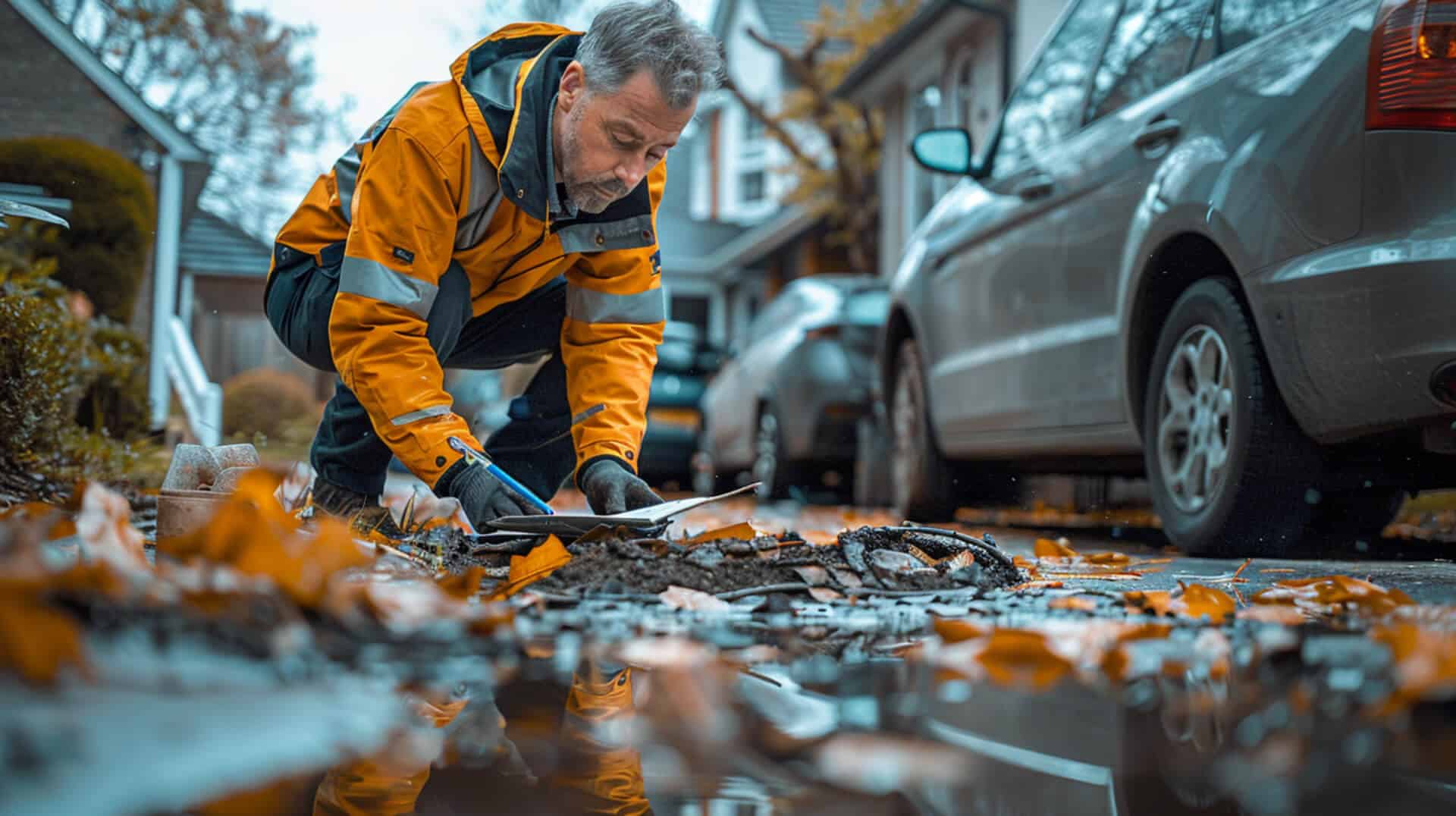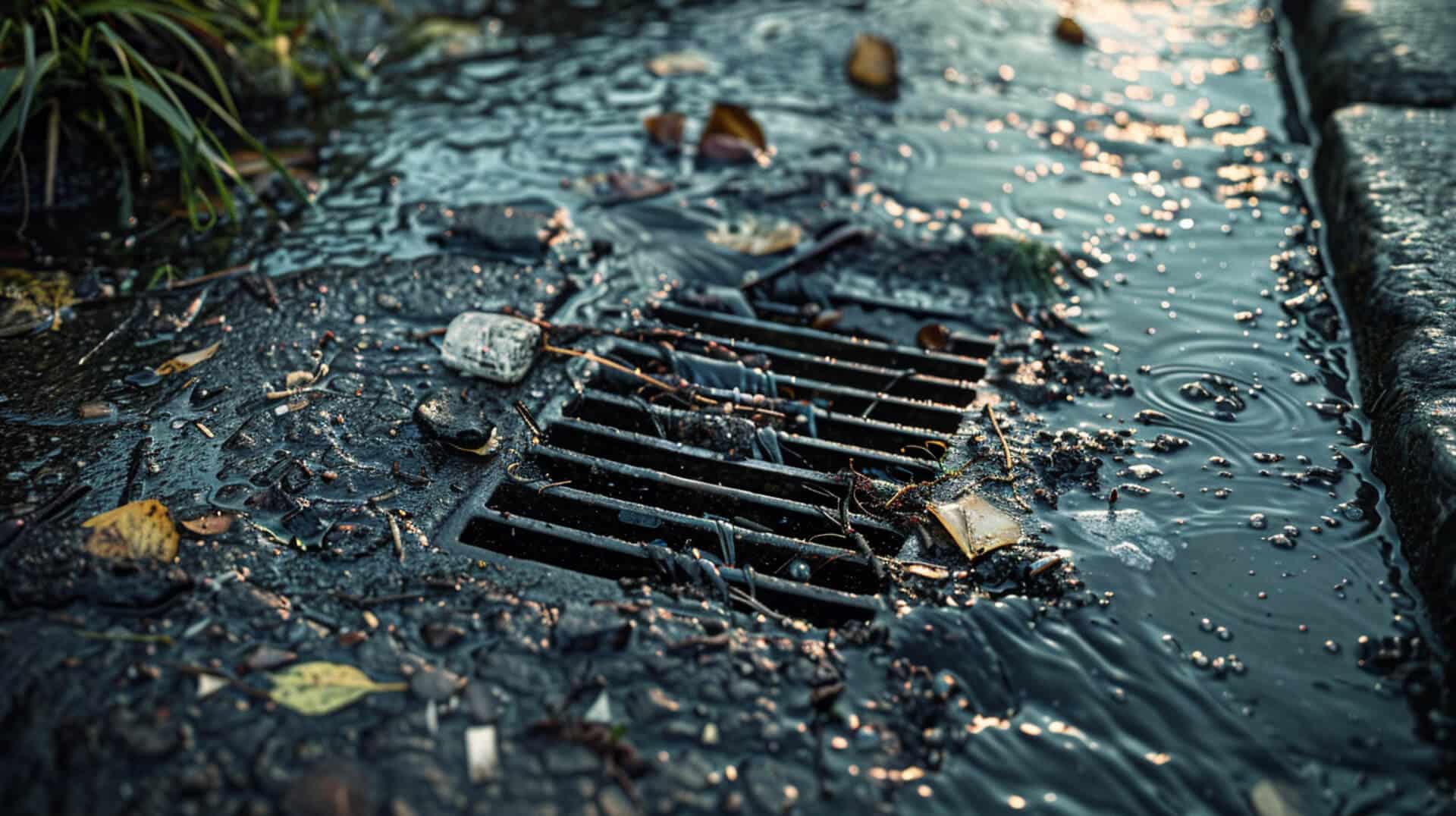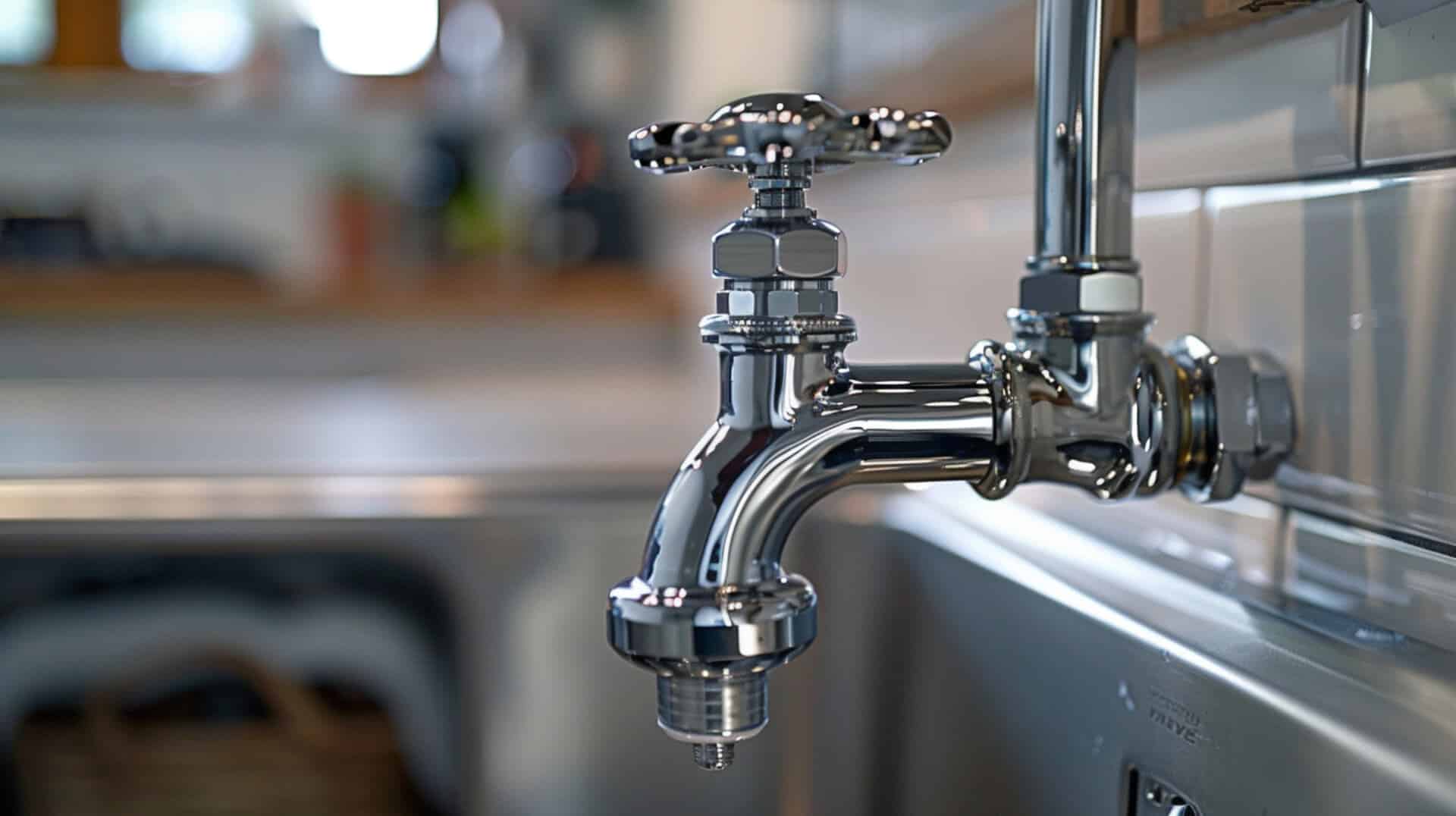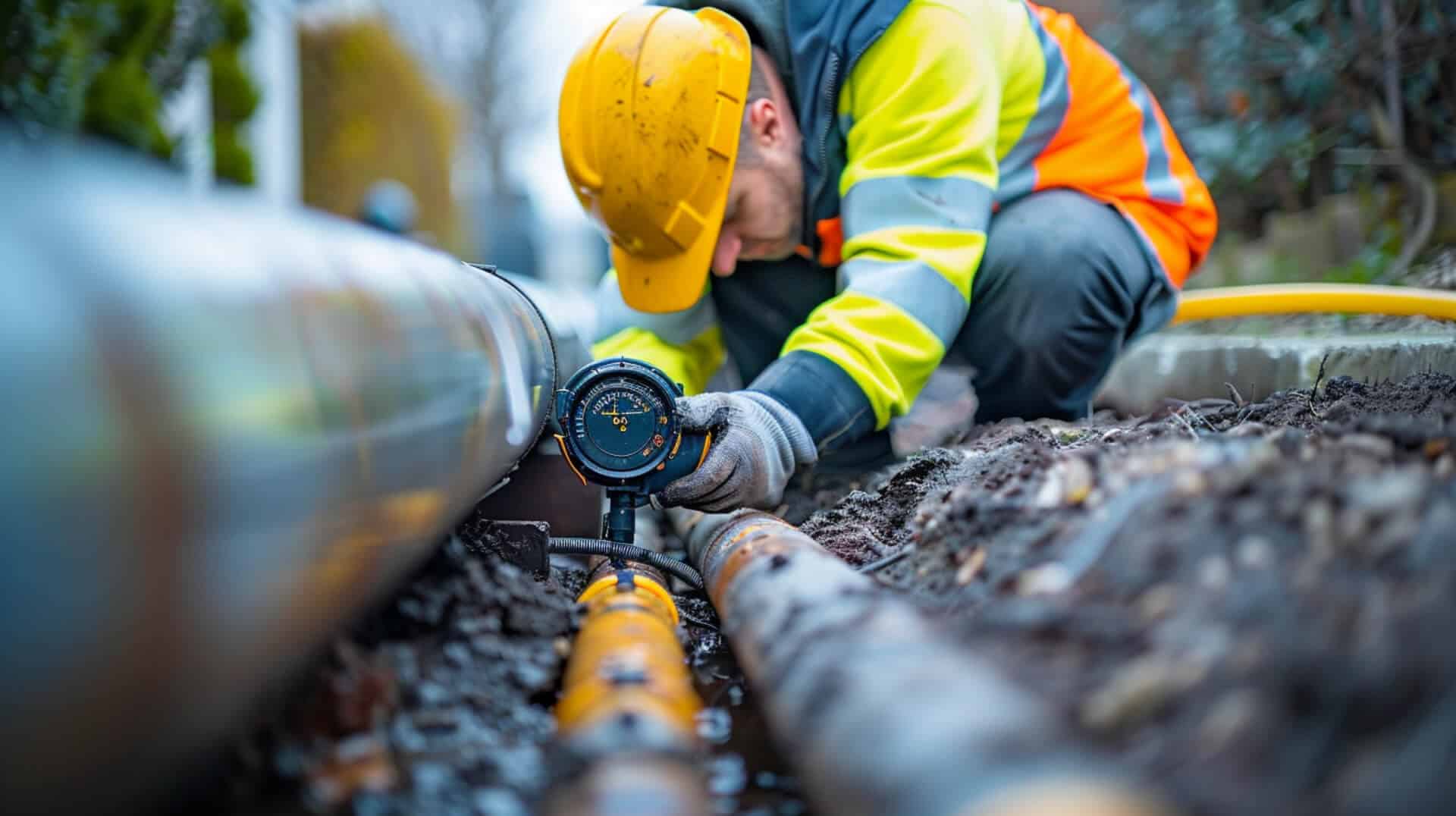 How Is Drain Sediment And Debris Analysis Performed
How Is Drain Sediment And Debris Analysis Performed
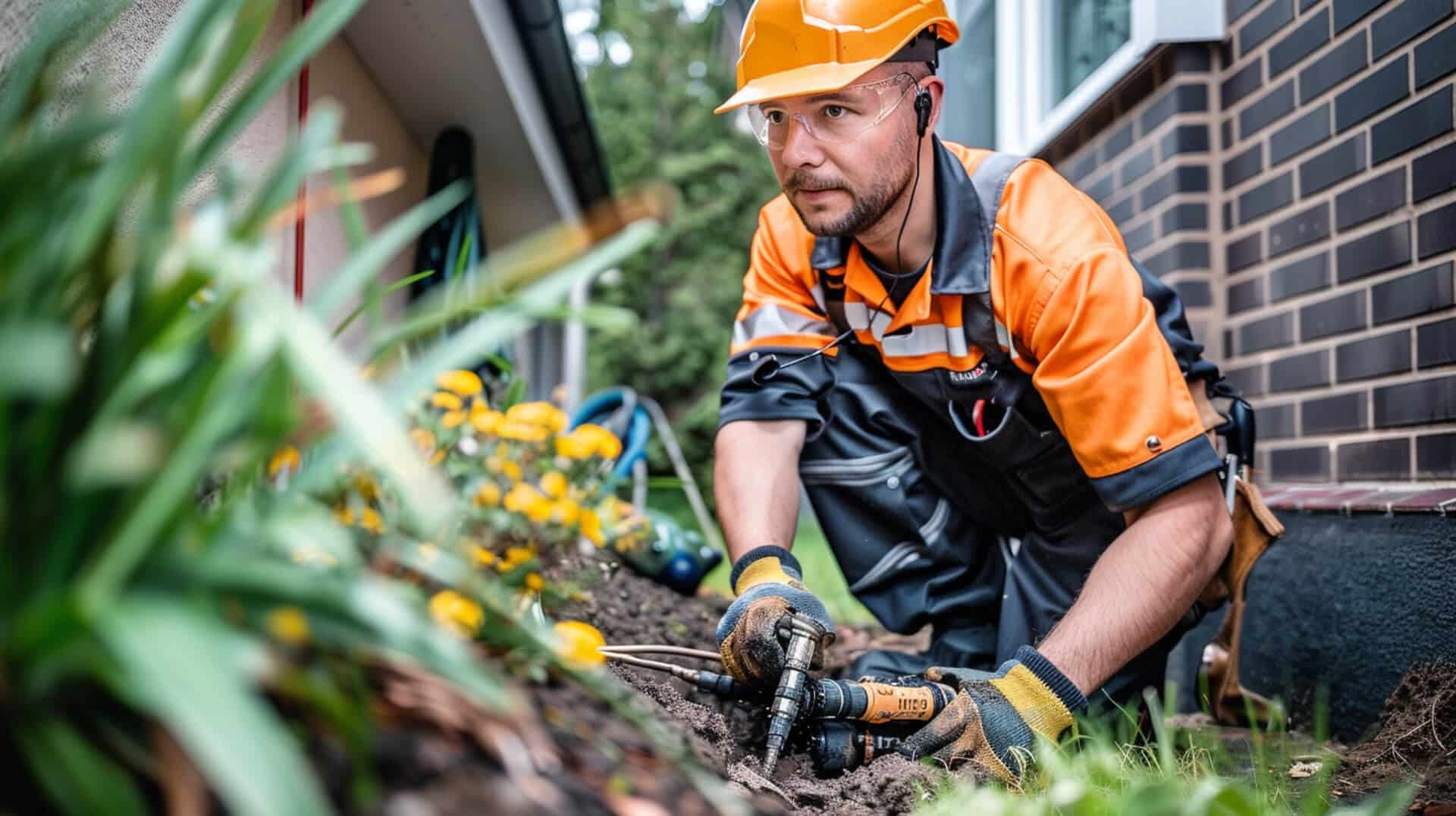
Understanding the significance and methodology of drain sediment and debris analysis is essential for maintaining the health and efficiency of drainage systems. This process is crucial for identifying potential issues that can lead to blockages, water contamination, and reduced flow efficiency.
What is Drain Sediment and Debris Analysis?
Drain sediment and debris analysis is a diagnostic process that examines the accumulation of materials in drainage systems. This analysis helps in identifying the composition, source, and quantity of sediment and debris, which are critical factors affecting the functionality of drainage infrastructure.
The Impact of Sediment and Debris on Drainage Systems
Sediment and debris can significantly impede the performance of drainage systems. Their presence can lead to reduced water quality, increased risk of flooding, and the potential for costly repairs due to infrastructure damage.
Who Needs Drain Sediment and Debris Analysis?
Property owners, business owners, and facility managers are the primary stakeholders who should consider regular sediment and debris analysis. This proactive measure is vital for anyone responsible for the upkeep of drainage systems, particularly in areas prone to heavy rainfall or industrial waste runoff.
Critical Points for Sediment and Debris Accumulation
Sediment and debris tend to accumulate at key points within a drainage system, such as catch basins, sedimentation devices, and areas with low flow velocities. Identifying and monitoring these critical points are paramount in preventing blockages and maintaining system efficiency.
Understanding the Importance of Regular Maintenance
Regular maintenance of sedimentation devices and drainage systems is not merely a routine task; it is a critical component of infrastructure management. Proactive maintenance is the cornerstone of ensuring that these systems function optimally, safeguarding against the long-term consequences of system failure.
Why Regular Maintenance Is Essential
For sedimentation devices, regular maintenance is imperative to prevent the accumulation of sediment and trash, which can lead to clogged pipes and reduced water quality. The efficiency of water flow through these systems is heavily dependent on their unimpeded function. Regular checks and clean-ups are necessary to maintain this efficiency.
Proactive Maintenance and Its Benefits
Proactive maintenance, including the removal of invasive vegetation and routine inspections, can avert the escalation of minor issues into significant, costly problems. By addressing potential concerns early, you can extend the lifespan of your drainage system and avoid the disruptions caused by unexpected repairs.
Consequences of Neglecting Maintenance
Neglecting sediment and debris removal can result in severe repercussions, such as water contamination, increased flood risk, and damage to the drainage infrastructure. These outcomes not only pose environmental hazards but can also lead to substantial financial burdens due to the need for extensive repairs or replacements.
Optimal Timing for Maintenance Schedules
Maintenance schedules should be strategically planned to align with watershed use, construction activities, and local rainfall patterns. Typically, a median of 1-2 hours per site per year is recommended, although this may vary based on environmental factors and the specific type of sedimentation device in use.
Techniques for Sediment and Debris Collection
The collection of sediment and debris from drainage systems is a nuanced process, influenced by a variety of environmental factors. The methods employed must be both effective and appropriate for the specific conditions of the drainage system.
Diverse Methods for Sample Collection
A range of techniques is utilised to gather sediment and debris samples, each suited to different scenarios:
- Manual Collection: Often used for accessible areas where equipment can be easily deployed.
- Automated Samplers: Employed in locations that require consistent monitoring over time.
Influence of Environmental Factors
The choice of collection method is contingent upon several environmental considerations:
- Urban versus rural settings: Urban areas might necessitate more frequent sampling due to higher pollution levels.
- Rainfall patterns: Areas with heavy rainfall may require more robust collection systems to handle increased water and debris flow.
Sample Collection Points
Samples are typically collected at strategic points within the drainage system:
- Inlets and outlets: To assess the entering and exiting sediment load.
- Sedimentation basins: Where particles settle and can be easily sampled.
Importance of Methodological Variety
Employing a variety of collection methods ensures a comprehensive analysis:
- Cross-sectional sampling: Provides a representative overview of the sediment and debris present.
- Targeted sampling: Focuses on areas known to be problematic, allowing for more detailed investigation.
By understanding and implementing these techniques, you can ensure that your drainage system is monitored effectively, leading to informed decisions about maintenance and management.
Technologies Employed in Analysis
The analysis of sediment and debris in drainage systems employs a suite of advanced technologies, each contributing to a comprehensive understanding of system health and potential issues.
CCTV Drain Surveys
CCTV drain surveys are a cornerstone in the diagnostic process for drainage systems. These surveys provide real-time visuals of the interior conditions of pipes and channels, allowing for:
- Immediate Identification: Quick detection of blockages, structural damage, and sediment accumulation.
- Precise Analysis: Detailed imagery to assess the condition and integrity of the drainage infrastructure.
Wear Debris Analysis
Wear debris analysis plays a pivotal role in preemptive maintenance strategies. This analysis involves:
- Particle Counts: Measuring the quantity and size of particles present in the system.
- Elemental and Ferrous Density Analysis: Determining the composition of debris to identify the wear patterns and potential sources of system degradation.
Necessity of Diagnostic Tools
Comprehensive diagnostic tools are essential for accurate analysis due to their ability to:
- Detect Subtle Changes: Identifying early signs of wear or damage that may not be immediately visible.
- Inform Maintenance Decisions: Providing data-driven insights for targeted maintenance interventions.
Utilisation of Advanced Technologies
Advanced technologies should be employed when:
- Complex Systems are Involved: Where standard inspection methods may not suffice.
- High-Risk Conditions are Present: In scenarios where system failure could lead to significant environmental or infrastructural damage.
- Regular Monitoring is Required: For systems with a history of issues or in high-debris environments.
By integrating these technologies into the sediment and debris analysis process, you can ensure that your drainage system is evaluated with precision, leading to informed decisions for its upkeep and improvement.
Interpreting Data from Sediment and Debris Analysis
The analysis of sediment and debris yields critical information that guides the maintenance and management of drainage systems. Understanding the data is essential for making informed decisions that ensure the longevity and efficiency of these systems.
Insights Gained from Analysis
From the analysis of sediment and debris, professionals can extract valuable information, including:
- Particle Size Distribution: Indicates the types of sediment present and potential sources.
- Sediment Composition: Helps identify the origin of the debris and its potential impact on the system.
- Pollutant Levels: Assesses the concentration of harmful substances within the sediment.
Professional Data Interpretation
Experts interpret the data to determine the necessary maintenance actions:
- Identifying Trends: Recognising patterns that may indicate recurring issues.
- Assessing Risks: Evaluating the potential for system blockages or failures.
- Planning Interventions: Deciding on the appropriate maintenance or remediation strategies.
Importance of Data Interpretation
Effective data interpretation is crucial for:
- Preventive Maintenance: Addressing issues before they escalate.
- Cost Management: Avoiding unnecessary expenses due to emergency repairs.
- System Optimization: Enhancing the performance and reliability of the drainage system.
Resources for Understanding Analysis Reports
Property owners can access resources to comprehend analysis reports through:
- Professional Consultations: Engaging with experts who can explain the findings in detail.
- Educational Materials: Utilising guides and publications that break down the technical aspects of the reports.
- Online Platforms: Exploring websites and forums dedicated to drainage system maintenance and management.
By leveraging these resources, you can gain a deeper understanding of the condition of your drainage system and take proactive steps to maintain its health and functionality.
Maintenance Strategies Based on Analysis Findings
The findings from drain sediment and debris analysis are instrumental in shaping maintenance strategies for drainage systems. These strategies are tailored to address the specific issues identified during the analysis, ensuring that maintenance efforts are both effective and efficient.
Informing Targeted Maintenance
Analysis findings guide the development of targeted maintenance strategies by:
- Highlighting Problem Areas: Identifying sections of the drainage system that require immediate attention.
- Determining Maintenance Frequency: Establishing how often maintenance should be conducted to prevent system degradation.
Actions to Address Sediment and Debris Issues
Upon analysing the sediment and debris, specific maintenance actions may include:
- Sediment Removal: Clearing accumulated sediment to restore flow efficiency.
- Vegetation Management: Controlling invasive plant growth that can obstruct waterways.
- Pipe Unclogging: Removing blockages to prevent backups and potential flooding.
Customised Maintenance Plans
A customised maintenance plan is vital for each drainage system due to:
- Unique System Characteristics: Each system has distinct features that influence maintenance needs.
- Variable Environmental Conditions: Different locations face diverse environmental challenges that affect sediment and debris accumulation.
Re-evaluating Maintenance Strategies
Maintenance strategies should be re-evaluated when:
- New Data is Available: Incorporating the latest analysis findings to refine maintenance plans.
- After Significant Weather Events: Assessing the impact of heavy rainfall or flooding on the system’s condition.
- System Changes Occur: Modifying the maintenance plan to accommodate alterations in the drainage system or its usage.
By continuously adapting maintenance strategies based on up-to-date analysis data, property owners can ensure the longevity and reliability of their drainage systems.
Environmental and Regulatory Considerations
Navigating the environmental regulations that govern sediment and debris management is a critical aspect of maintaining drainage systems. Compliance with these standards is not only a legal obligation but also a commitment to ecological stewardship.
Regulatory Frameworks Impacting Sediment Management
Environmental regulations that affect sediment and debris management typically include:
- Water Quality Standards: Regulations that set permissible levels of pollutants in water bodies to protect aquatic life and human health.
- Construction and Urban Runoff Controls: Guidelines that dictate how sediment and debris should be managed during and after construction projects to minimise environmental impact.
Role of Analysis in Compliance
Drain sediment and debris analysis assists in ensuring compliance by:
- Identifying Pollutants: Analysis can detect the presence of regulated substances, allowing for corrective measures to be taken.
- Monitoring Effluent Levels: Regular analysis helps monitor the levels of sediment and debris being discharged, ensuring they stay within regulatory limits.
Importance of Ecological Balance
Maintaining ecological balance through proper drainage maintenance is essential because:
- Protects Biodiversity: Prevents the disruption of aquatic habitats and preserves the diversity of species.
- Sustains Water Quality: Ensures that water bodies remain healthy for recreational use and as a resource for communities.
Accessing Regulatory Guidance
Property owners can find guidance on regulatory requirements through:
- Government Agencies: Environmental Protection Agency (EPA) and local environmental departments often provide resources and assistance.
- Professional Consultants: Environmental consultants can offer tailored advice to ensure regulatory compliance.
- Educational Workshops: Workshops and seminars conducted by environmental organisations can provide insights into best practices and legal obligations.
By staying informed about environmental regulations and integrating the findings from sediment and debris analysis, property owners can effectively manage their drainage systems in an environmentally responsible manner.
Determining the Frequency and Timing of Drainage Analysis
The frequency and timing of sediment and debris analysis in drainage systems are pivotal for maintaining their efficiency and preventing potential issues. This analysis should be a regular part of your maintenance routine, with the schedule tailored to various influencing factors.
Assessing the Need for Regular Analysis
Sediment and debris analysis should be conducted:
- Annually: As a general rule, a comprehensive analysis is recommended at least once a year.
- After Significant Events: Following heavy rainfall, flooding, or construction activities that could increase sediment and debris load.
Factors Influencing Analysis Timing
Several factors determine the optimal timing for analysis and subsequent maintenance interventions:
- Environmental Conditions: Such as the location’s susceptibility to storms or the typical accumulation rate of debris.
- System Usage: Higher usage systems may require more frequent analysis.
- Previous Findings: Results from prior analyses can indicate the need for more or less frequent checks.
Importance of Condition-Based Scheduling
Adjusting the frequency of analysis based on specific conditions ensures:
- Proactive Maintenance: Addressing issues before they escalate into larger problems.
- Resource Optimization: Allocating maintenance resources more effectively.
Optimal Periods for Comprehensive Analysis
The best time for conducting a thorough drainage analysis often depends on:
- Seasonal Patterns: Typically before a period of expected heavy rainfall or at the end of a dry season to assess the accumulated impact.
- Operational Downtime: When the impact on regular activities is minimal.
By adhering to these guidelines, you can ensure that your drainage system remains in optimal condition, safeguarding against inefficiencies and potential damage.
Addressing Challenges in Sediment and Debris Analysis
Conducting sediment and debris analysis in drainage systems can present several challenges. Understanding these challenges is crucial for property owners, business owners, and facility managers to ensure the effectiveness of their drainage maintenance strategies.
Common Obstacles in Analysis
During the analysis process, you may encounter:
- Inaccessible Areas: Some sections of the drainage system may be difficult to reach, complicating sample collection.
- Varied Sediment Types: Differentiating between sediment types can require specialised knowledge and equipment.
- Changing Environmental Conditions: Fluctuating weather patterns and human activities can alter sediment and debris profiles unexpectedly.
Overcoming Sediment Management Hurdles
To navigate these obstacles:
- Utilise Advanced Technologies: Employ CCTV surveys and automated samplers for comprehensive data collection.
- Consult with Experts: Engage with professionals who specialise in sediment and debris analysis to interpret complex data.
- Adapt Maintenance Plans: Be prepared to adjust maintenance strategies in response to analysis findings.
Anticipating Potential Drainage Issues
Anticipating issues is essential because:
- Prevents System Failure: Early identification of potential problems can avert costly repairs.
- Ensures Compliance: Staying ahead of issues helps maintain adherence to environmental regulations.
Seeking Professional Assistance
When facing complex challenges:
- Reach Out to Environmental Consultants: They can provide tailored solutions and advice.
- Contact Regulatory Bodies: For guidance on compliance and best practices.
- Leverage Community Knowledge: Engage with the engineering community for shared experiences and insights.
By proactively addressing these challenges, you can maintain the health and efficiency of your drainage systems, ensuring they continue to function effectively and comply with environmental standards.
Best Practices for Drain Sediment and Debris Management
Adhering to industry best practices for managing sediment and debris in drains is essential for the longevity of drainage systems and compliance with environmental regulations. These practices are designed to ensure that drainage systems function effectively and sustainably.
Industry-Recommended Management Practices
Best practices for sediment and debris management include:
- Regular Inspections: Conducting routine checks to identify and address issues promptly.
- Proactive Cleaning: Scheduling systematic cleaning to prevent the accumulation of sediment and debris.
- Vegetation Control: Managing plant growth around drainage areas to prevent obstructions.
Enhancing Drainage System Longevity
Implementing these practices contributes to drainage system longevity by:
- Preventing Blockages: Keeping drains clear of obstructions that can cause backups and overflows.
- Reducing Wear and Tear: Minimising the potential for damage caused by abrasive sediments.
Benefits of Adherence to Best Practices
Compliance with best practices is beneficial for:
- Environmental Protection: Reducing the risk of pollution and protecting local ecosystems.
- Regulatory Compliance: Meeting legal requirements and avoiding potential fines.
Accessing Best Management Resources
Resources on best management practices can be found through:
- Environmental Agencies: Offering guidelines and advice on sediment and debris management.
- Professional Associations: Providing industry standards and educational materials.
- Online Platforms: Sharing insights and updates on best practices in drainage management.
By following these best practices, property owners can ensure their drainage systems are maintained in an environmentally responsible and regulation-compliant manner.
Innovations in Drainage System Analysis and Maintenance
Recent advancements in technology have significantly improved the processes of sediment and debris analysis and removal in drainage systems.
Technological Advancements in the Field
The field has seen several innovative developments:
- Automated Sampling Devices: These tools allow for more frequent and accurate data collection without manual intervention.
- Advanced Imaging Techniques: High-resolution cameras and sonar imaging provide detailed views of drainage conditions, even in inaccessible areas.
Enhancements to Analysis and Removal
These innovations enhance the process by:
- Increasing Precision: New technologies offer more detailed information about sediment composition and distribution.
- Improving Efficiency: Automated systems expedite the analysis process, allowing for quicker response to potential issues.
Importance of Staying Informed
Keeping abreast of new methods and tools is crucial because:
- Evolving Challenges: As environmental conditions change, new solutions are needed to address emerging issues.
- Regulatory Compliance: Updated technologies can help meet stricter regulatory standards for environmental protection.
Sources for Cutting-Edge Techniques
Information on the latest techniques can be found through:
- Industry Conferences: Where professionals share insights and demonstrate new technologies.
- Academic Journals: Publishing research on the latest developments in environmental engineering.
- Professional Networks: Online forums and networks where experts discuss and review new tools and methods.
By staying informed about these innovations, you can ensure that your drainage system is managed with the most advanced and effective tools available, leading to better environmental outcomes and system performance.
Key Takeaways from Drain Sediment and Debris Analysis
Understanding the process and significance of drain sediment and debris analysis is essential for maintaining the health and efficiency of drainage systems. This guide has provided a comprehensive overview of the methods and technologies used in the analysis, the importance of regular maintenance, and the environmental considerations involved.
Applying Analysis Knowledge
Property owners, business owners, and facility managers can apply this knowledge by:
- Implementing Routine Checks: Establishing a schedule for regular inspections and cleanings based on the analysis findings.
- Utilising Advanced Technologies: Incorporating tools like CCTV drain surveys and automated samplers for precise monitoring.
- Interpreting Data Effectively: Working with professionals to understand analysis reports and make informed decisions.
The Role of Continuous Learning
Continuous learning and adaptation are vital in drainage system management due to:
- Evolving Environmental Conditions: Staying informed about changes that may affect sediment and debris accumulation.
- Technological Advancements: Keeping up-to-date with new tools and methods that can improve analysis and maintenance practices.
Seeking Further Information
For further information and assistance, consider:
- Consulting Experts: Reaching out to environmental consultants or drainage system specialists.
- Attending Workshops: Participating in educational events focused on drainage management.
- Researching Online: Exploring resources provided by environmental agencies and professional associations.
By staying informed and proactive, you can ensure the longevity and compliance of your drainage systems, contributing to a safer and more sustainable environment.



